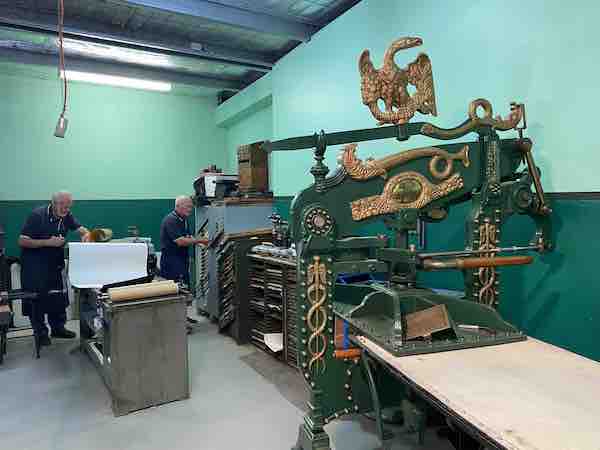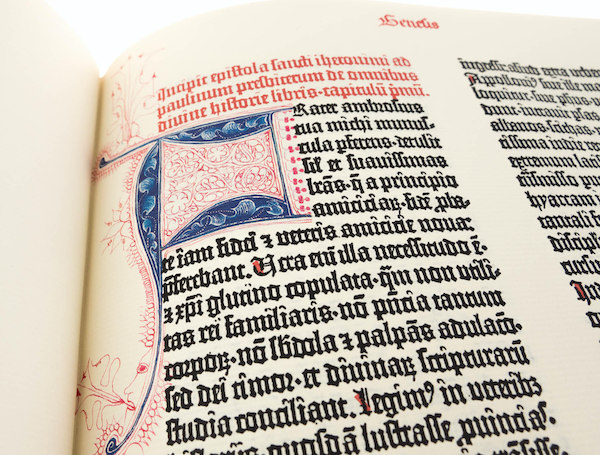
Penrith Museum of Printing to host ‘Rare Book Week’ event in October
The European invention of Gutenberg's printing press, using moveable type, almost 600 years ago, launched a whole new industry of typography – typeface design. The earliest typefaces, moulded and cut by Gutenberg himself, were in the Gothic style to mimic the hand-letters of scribes.

As printing spread around Europe like wildfire, first to Italy and then to Holland and England, new-look typefaces improved legibility and popular appeal as literacy grew with the Renaissance. The Italian influence favoured Roman typefaces, as carved into Trajan’s column for example. Thus was the genesis of Roman typefaces, later to be adapted in France by Claude Garamond, in England by Caslon and John Baskerville and later still as the famed Times New Roman.
Before long there was an explosion of typefaces and type design and foundries became a huge industry with names familiar to us today – Sabon, Baskerville, Bodoni, Clarendon, Perpetua and hundreds more, all set into lines by hand compositors.
Remarkably, all these typefaces are on almost every computer on the planet, as type choices in MS Word for example!
Around 1884, the invention of the Linotype and, later, Monotype revolutionised print production and the evolution of book and newspaper structures. Mass media was born.
The Rare Book Week Programme
As part of the multiple-site events of the State Library’s Rare Book Week, the Print Museum will present three exciting speakers covering these fascinating periods in time, from the Renaissance to Google!. How fonts were created, the impact of the Linotype machine and the evolution of book structures. Even the development of uniquely Australian-New Zealand typefaces such as Sydney Gothic, Kograh, Ballarat condensed and Christchurch bold!
As a working Museum featuring Linotype and Letterpress machines, the expert presentations will be followed by live demonstrations of these processes and much, much more.
Beautiful facsimiles of the Gutenberg 42-line Bible and the Illuminations with hidden secrets will be revealed. There will also be an early 1916 edition of one of Australia’s top-selling books, CJ Dennis’ “Songs of a Sentimental Bloke.” The first print run was only 2,500 but it proved so popular it was reprinted time and time again, reaching an estimate 300,000 copies or more, remaining in print until 2018!

Magnificent examples of Box Wood engravings and historical books and Newspapers will also be on display.
You can also immerse yourself in this Living Museum and try your hand at setting type, letter by letter, in 12pt and enjoy light refreshments.
Attendee numbers have to be strictly limited due to space and safety constraints so we recommend booking by phone on: 0408 412 708 or by email to the Museum’s President: ralockley07@gmail.com
